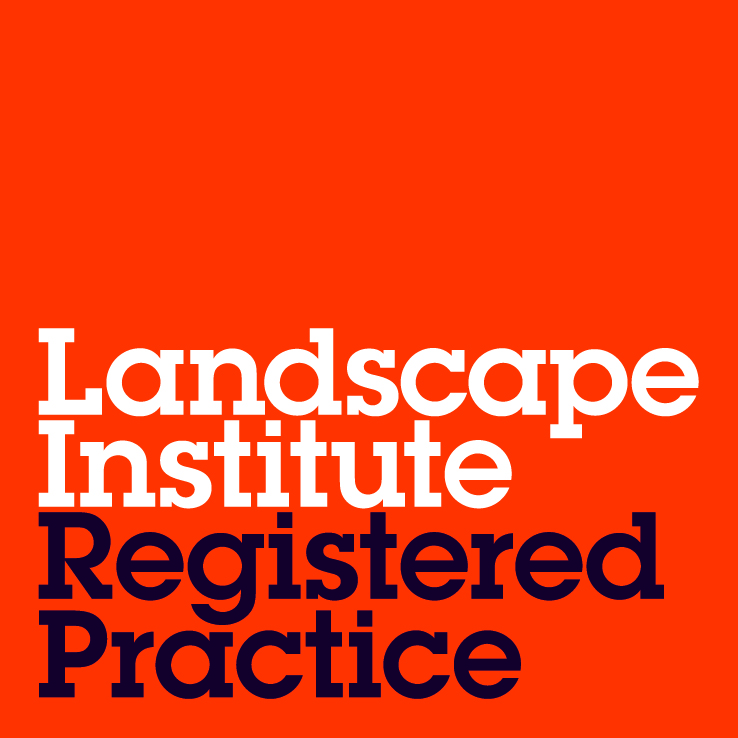Landscape PlanningOur key differences include our commercial acumen, ability to add value and build in strategies that deliver big savings
Intelligent strategies
Expert analysis of the facts, Intelligent strategies that build in savings, rapidity of response, clarity, conciseness and robustness – are our key points of difference
You need certainty that you have the right calibre of consultant at RIBA stages 1 and 2: to give you confidence in the research, the analysis, the thoroughness to make the facts clear and stand up at appeal, when necessary. You need a consultant with the agility to prepare strategies and diagrams that locate mitigation measures, open spaces, SUDS and other green infrastructure in the optimum places. Our commercial acumen ensures maximising developable area but also values too. We always try to design in an optimum interface of buildings with green infrastructure, so more dwellings overlook green spaces, adding that10% premium in value to the development. In this regard, building in strategies for biodiversity net gain early in the process ensures massive costs savings, greater curb appeal and less ongoing maintenance (and that means lower levy charges for customers). For land promoters – lower green infrastructure (GI) costs can leverage achievable land values.
At James Blake Associates, we believe that landscape planning is about helping to fulfil the client’s vision, profit expectation and programme. This does not have to be incompatible with maintaining a landscape character that respects and harmonises with local, regional, and national landscape character assessment typologies and their management requirements, nor does it impact the achievability of “Net Gain,” in fact quite the reverse.
How Intelligent GI Strategies Add Value and Save Money
Strategic landscape advice should save developers significant sums of money, whilst adding value. By keeping the introduction of nature and biodiversity as the key thread running through the open space strategy, JBA saves on average, £12/m2 (2021) compared to more standard open-space strategies, and this also halves the ongoing maintenance costs. When there are many hectares of such green spaces, this delivers savings in the millions of pounds. If good existing landscape habitat (not necessarily protected habitat), is retained (and protected), the landscape spend is averaged down by every square metre saved, as well as helping achieve net gain.
We promote practical and cost-effective GI strategies, such as Natural Parklands, or Natural Garden-Cities approaches, and in doing this we have been able to save clients many hundreds of thousands of pounds. A recent site had a 50:50 net to gross developable area, and the GI areas exceeded 160,000m2, and adopting greener strategies, including safeguarding existing habitat area, collectively created a saving of £1.8m for our client, against the normal costs of green infrastructure provision, with maintenance costs also being halved.
This is our difference: we know how to deliver biodiversity net gain in ways that delivers massive build cost and maintenance cost savings. This knowledge is unique to us, because it comes from the fact that we also run a sister landscape management company, (OASIS Land Asset Management Ltd), adopting and managing POS land. When you have to pay for the grass cutting and the pruning, you soon learn how to prevent unnecessary landscape cost. The measures that cut ongoing management costs also save massively on installation cost. You don’t know what you don’t know, until you have direct experience of it.
Our expert strategic landscape team can carry out landscape and visual appraisals (LVA’s), and townscape assessments that justify development layout options and can steer key GI criterion towards these low cost, sustainable ways. The LVA can be extended to assess impacts – Landscape and Visual Impact Assessment (LVIA) by assessing the temporary and residual effects of the proposed development once a layout is provided and certain. This, along with an assessment of cumulative effects, can form the Landscape and Visual chapter of an Environmental Statement, where required for larger projects. All our work is carried out in accordance with the current Guidelines for Landscape and Visual Impact Assessment (GVLIA Third Edition), and latest guidance on the focal length of views taken – to ensure accuracy in assessing visual effects.
We have extensive experience of preparing Green Belt Reviews to assess promotion sites against other potential development sites within the Green Belt. These consider the contribution that the site makes to the 5 main purposes of Green Belt, as defined in the National Planning Policy Framework. It is of key importance to promote sites by identifying how they make a weak contribution to its purposes, in time for the ‘call for sites’ process. This occurs when a Local Planning Authority is working on a new Local Plan and is considering which sites to allocate in order to meet their development requirements, often prompted by a failure to meet the 5-year housing supply requirement.
We can evaluate the viability of prospective land purchases by assessing sites for their green constraints and opportunities and can prepare the green infrastructure for site-specific landscape design briefs. We can also contribute the text for bids or planning applications. JBA has 30 years of empirical data on landscape build and maintenance costs, and this legacy enables us to establish huge savings for our clients, via cementing buildable strategies that work, from concept to delivery on site.
We flag any potential conflicts of interest before we quote. Once on site, we look out for any constraints and/or risks, such as Japanese Knotweed, veteran trees, or constraining landscape features, as well as identifying any opportunities for adding value to the development that would result from incorporating existing landscape elements. Such practices are put in place to minimise the risk of failure in achieving planning approvals. We can also appraise other competing sites against our site.
For larger or urban projects, appraising the character of the existing settlement patterns and street profiles ensures vital evidence and baseline underpinning of cost-effective design concepts and landscape design briefs. Our coloured sketch layouts, concept plans, and landscape masterplans are well referenced and supported by our library of (bespoke) illustrative sections, photographs, and construction details. Urban design and landscape character studies cost little but can serve to speed up the development process as well as safeguard a more cost effective and appropriate scheme.
For further information, please contact us today: enquiries@jba-landmarc.com / 01284 335 797



